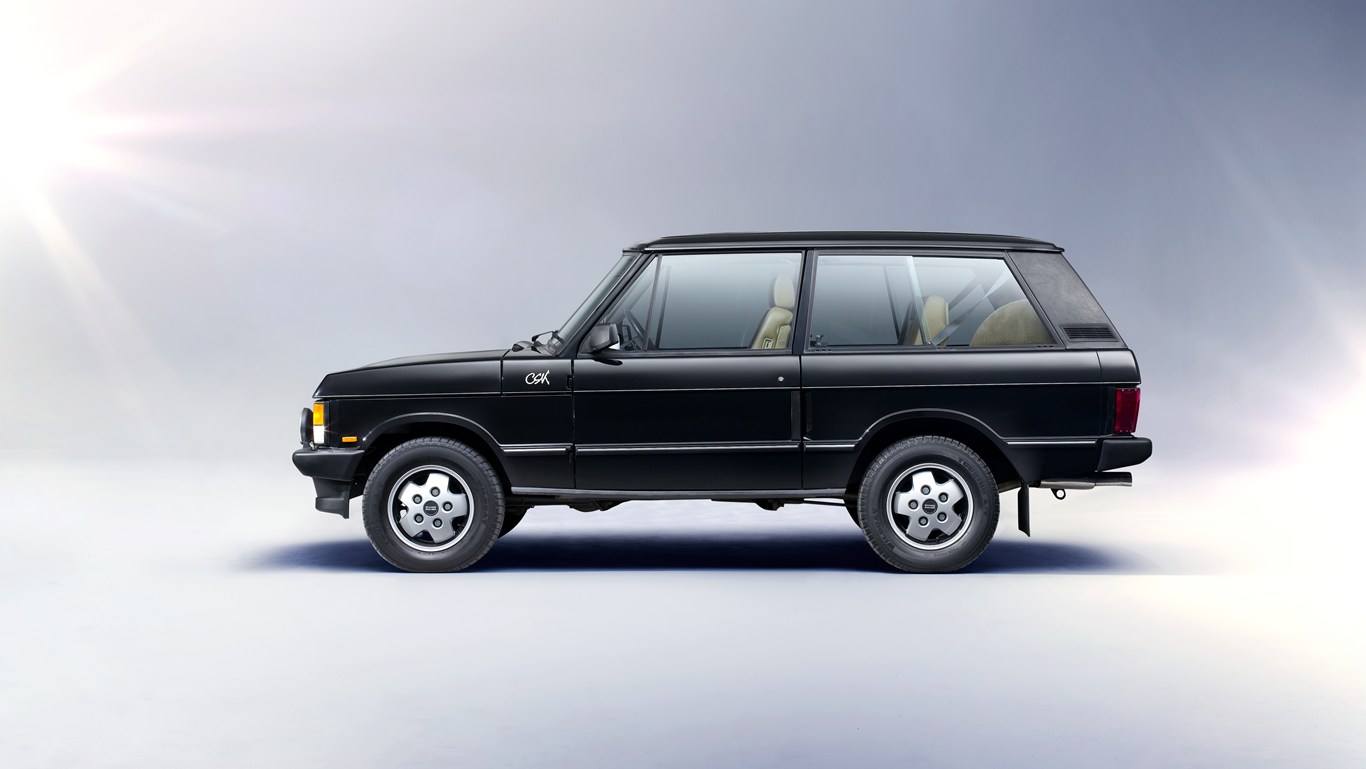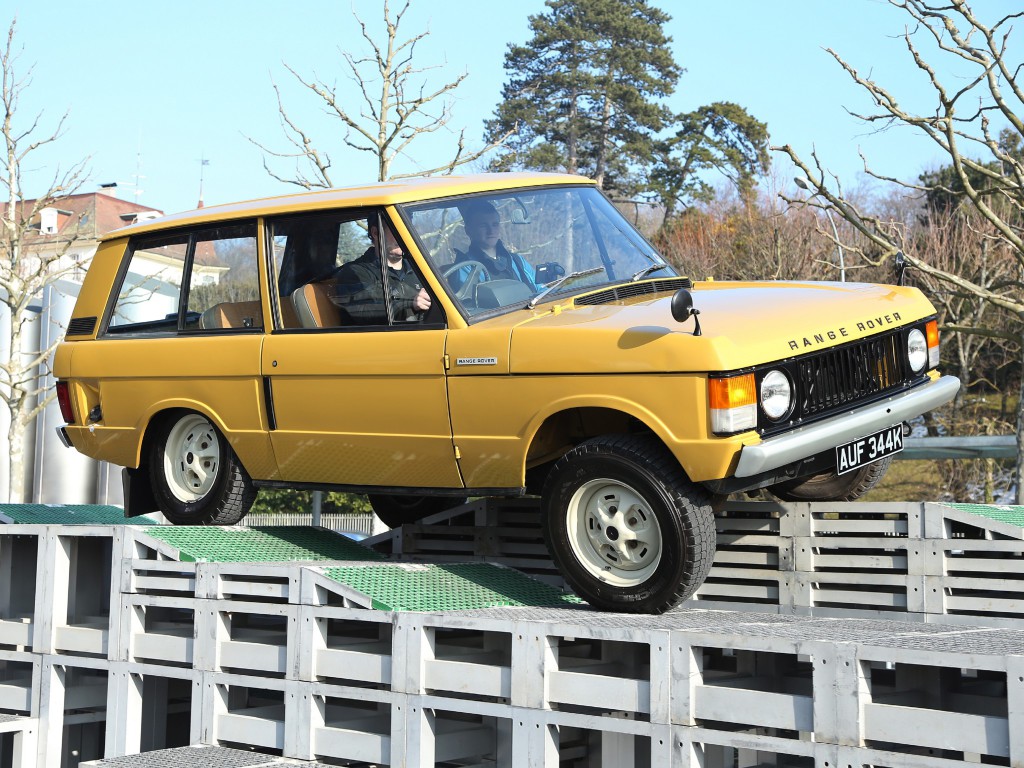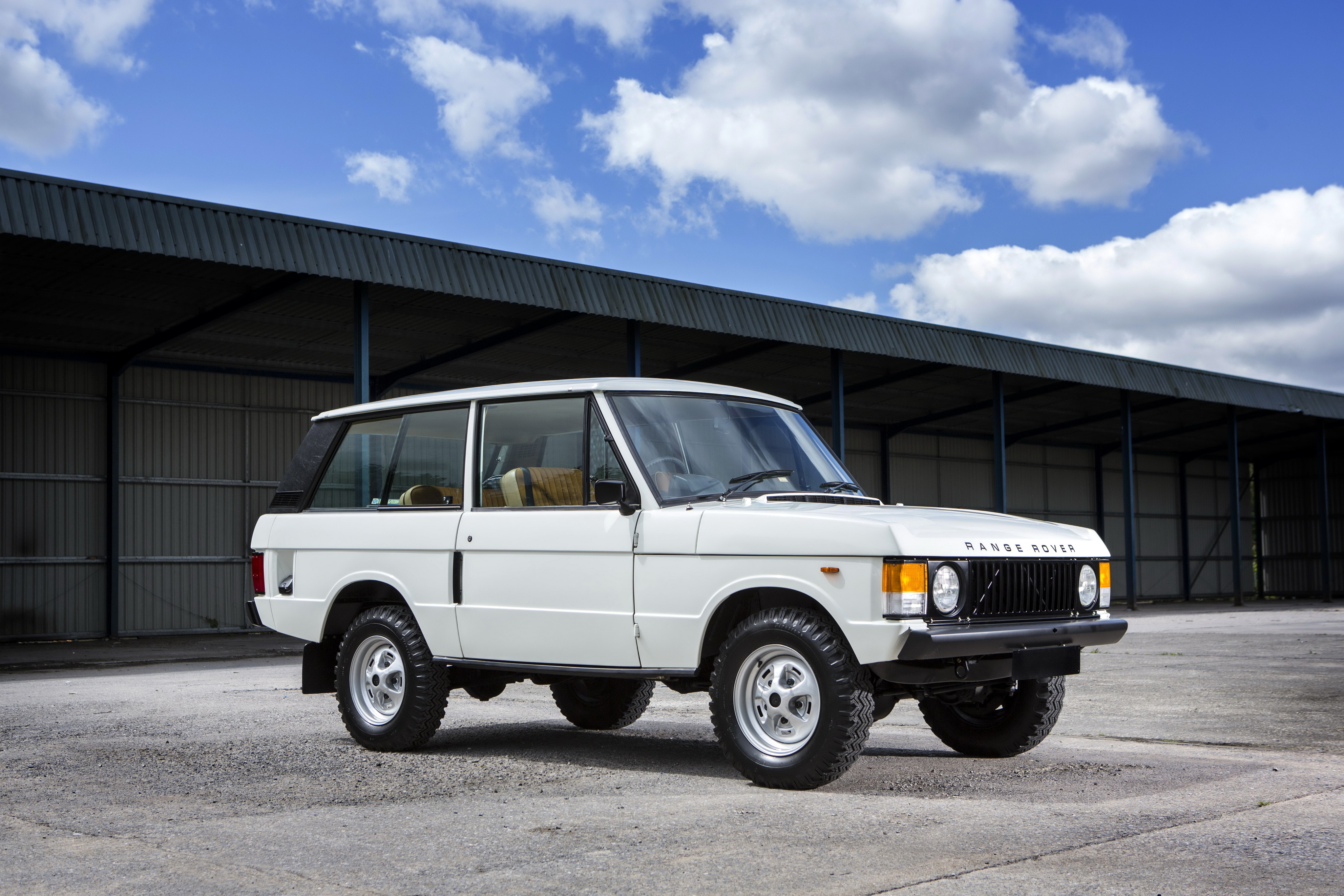"The early Range Rovers are high point of the SUV format. This is a world where more SUV formatted cars are produced than any single other layout. This is despite the high running costs and increased emissions that have always "

Tim Horsley: Range Rover Collector
Early Range Rovers are really something special
Most things in life eventually seem to come full circle.
We see it everywhere – in fashion, music, even technology. The further we move forwards, the better we learn to appreciate what went before. This is the reason I’ve started buying my favourite old cassettes again and that all I want for Christmas is a 12inch turntable and a valve amp. They’re totally obsolete but they do their job with a charm that nothing modern can.
Although I’d already been a certified car nut since nappies, I’d never even given old Range Rovers a second look until a couple of years ago. In fact, if anything, I disliked them. In my ignorant mind they were muddy old sheds, antiquated pieces of mechanical technology, unloved and rusting into the ground where they probably belonged. They were, I thought, well past their time.

Then one day in bright winter sunshine this yellow gold giant came rumbling down a street towards me, V8 burbling purposefully, gearbox whining away like some kind of pre-war lorry. Range Rover. Suddenly everything felt completely right. It had made that hard-to-finger transformation from old shed to classic. Within the space of a few seconds, I was looking at these cars completely differently. I started thinking about what was under the skin, why it existed, why, 50 years on, they’re still here. As someone who will eventually have spent years of their life looking through the classifieds, I cracked out the iPhone and away we went.
It had to be one of the ‘early’ cars – before the original design had been modernised and tampered with. That meant the vertical slatted front grill, exposed door and bonnet hinges, the Smiths instruments and the 4 speed ‘box. Think Series 1 E-Type for the mud. Shocked by the values of the earliest 2 door cars, I realised you could get all the looks and features I wanted at a very different price with one of the first four doors. ’82 and 83’. One of the ads grabbed my attention, the desperate want kicked in, and the following day I was behind the wheel of a classic Range Rover for the first time. I think I almost wanted to be disappointed by the experience, they’re rubbish and they always were, I’d been right all along. Not so.

Driving an early Range Rover for the first time was fascinating. I had expected the steering to be wooly and vague. In fact it was light and precise. Pedals the size of table tennis bats had a lovely weight and a smooth action. The ride was supple and the chassis felt stiff and strong. I was sitting so high off the road that suddenly I was staring lorry drivers in the face. Yes, I was going slowly, but it didn’t matter. It had charm.
And then there was the V8.
V8s make the sound of power. V12s sing. Flat 6s scream. V8s roar. Again, I’d always turned my nose up at the old Rover V8. It was a relatively small capacity, low output American design – low tech even in its own time. I was not interested. But in fact, it makes the car. The engine turns it from the ageing English gentleman into the all-conquering brute with that beautifully burly waffle. It’s all alloy, light and strong, chosen for a reason. The fact that these cars never feel under-powered finally redeems it.
The drivetrain feels (and is) indestructible. The early 4 speed ‘boxes are known for going on for ever – don’t forget the Land Rover roots of all this engineering meant even the military could rely on it. This car is all about function over form. There are those interesting approach angles. There’s a diff-lock, vinyl seats you can hose down and a heater that can cook you alive. In it’s day it was a marketing man’s dream. A ‘car for all reasons’.

Ownership continued to go well. I started geeking out on history. Why was it built in the first place? How many did they make? What are the rarest of them all? That’s where we arrive at the car we’re looking at today.
It’s a 1973 ‘Suffix B’ Range Rover in Bahama Gold. Although the very first ’70 to ’73 ‘Suffix A’ cars are the Holy Grail, the Suffix B cars retain pretty much all the features and quirks there since the beginning, and having been built for one year only they are certainly one of the rarest.
My one is a bit special. It’s had 3 owners including me from new, in its 43 years just under 36000 miles have rolled under its wheels, and it spent 20 years of its life in a warehouse in Rotterdam. It’s been painted but never restored. It’s my dream Range Rover. The same as the one that came rumbling down that street towards me and started the whole journey off. If anything, it’s too good for me. I like to use my cars. This one really belongs in a commemorative museum.
It’s a time machine I can just stare at and feel the history and significance behind it. The first British SUV to take it to the Americans and their Ford Bronco. It’s what separates the truly great ideas from the average. An icon that’s stood the test of time and passed with flying colours. Have I said enough? One last thing, if you’ve never driven or ridden in one, make it a priority.
You won’t regret it.
CLICK TO ENLARGE


















We had a 1974 model with power steering it towed caravans, boats & went everywhere. it T boned a Montego that turned across us at a junction in Swansea. This bent the main chassis members & I thought it was a write off but my local bodyshop put it on their jig & pulled it back into shape new bonnet & inner & outer front wings & radiator & we were back in business. The only other problem was the gear selectors when worn they could engage 2 gears at once when manoeuvring at low speed(3 point turning) Had to whip out the gearstick 3 screws & use a large screwdriver to reposition the selectors. Was about to get this fixed but somebody stole the the car off my drive – 70’s locks were pretty insecure! Replaced it with a VW Type 2 Camper & that’s another story.